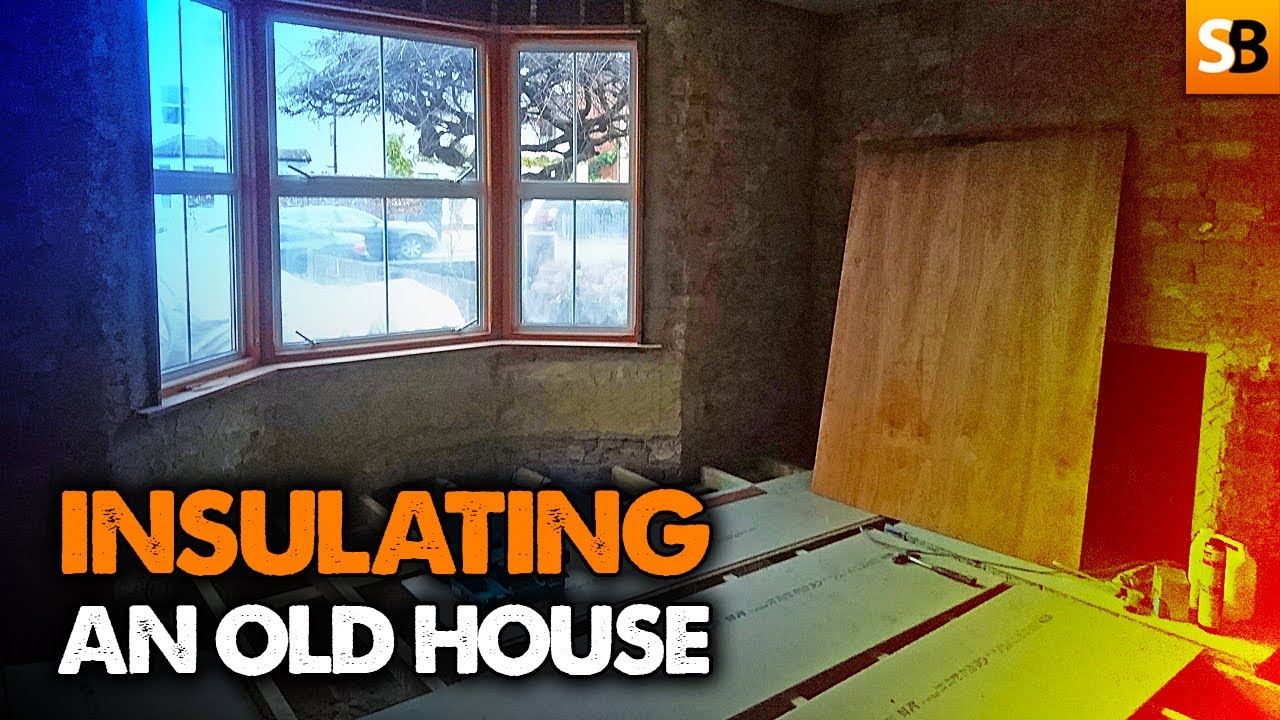Newsletter ▶ https://skill-builder.uk/signup ◀
The Growing Challenge of Waste Disposal in the UK: A Precursor to Fly-tipping
In the United Kingdom, the escalating difficulty of disposing of waste materials has become a significant concern, with the ominous shadow of fly-tipping looming ever more significant. As the country grapples with stringent regulations, limited access to recycling centres, and escalating disposal costs, responsibly getting rid of waste has become arduous for many citizens.
The UK has seen a substantial increase in waste production over the years, yet the infrastructure for its management has not kept pace. The resulting bottleneck has led to overburdened waste disposal sites and a complex web of bureaucratic procedures that can discourage even the most environmentally conscious individual. For households and businesses alike, the time, cost, and effort required to dispose of waste correctly can be prohibitive, leading some to resort to illegal dumping.
Fly-tipping, the illicit waste disposal on land not licensed for such purposes, has surged. It’s a blight that scars urban backalleys and rural landscapes alike. The environmental consequences are profound—contaminated soil, waterways choked with debris and harmed wildlife are just a few of the repercussions. Moreover, it represents a significant economic burden, with local councils spending millions annually to clean up dumped waste, a cost ultimately borne by taxpayers.
The rise in fly-tipping incidents correlates strongly with the tightening of regulations around waste disposal. Permits are now required to dispose of certain types of waste, and many local recycling centres have reduced hours or closed altogether due to budget cuts. Additionally, the increased fees for disposing of bulkier items have left many feeling that fly-tipping is a more accessible albeit illegal alternative.
This challenge is compounded by a lack of awareness. Many are unaware of the proper disposal channels, leading to unintentional non-compliance. Education is a vital component in the fight against waste mismanagement. It’s crucial to inform the public about the correct disposal methods and the long-term detriments of fly-tipping.
The government and local authorities are attempting to combat the issue through various measures. Surveillance has increased, with harsher penalties for those caught fly-tipping. However, without addressing the root cause—accessibility to waste disposal facilities and the complexity of the disposal process—these punitive measures may not be enough to deter the determined or desperate individual.
Community action has increased, with local groups organizing litter-picking events and raising awareness about waste disposal. Such initiatives are commendable and foster a collective responsibility towards our environment. Yet, the systemic issues of waste management infrastructure need national attention.
The UK faces a critical juncture in its waste management policies. The difficulty in disposing of waste materials strains the environment and the public purse and cultivates the illegal and harmful practice of fly-tipping. A coordinated effort that simplifies the disposal process enhances accessibility and prioritizes environmental education is imperative. Only by tackling these core issues can we hope to see a decline in fly-tipping and a move towards a cleaner, greener UK.
























